In this video, we are going to talk about the fifth and final torque involved in running. This torque is produced by muscles around the spinal column that rotate the torso in one direction or the other. And because it doesn’t involve any of the extremities, it is not as obvious as the previous four torques.
Now the easiest way for us identify which direction the torso would rotate, if there were no other forces acting on it, would be to look at the torques involving both shoulders. See Figure 1.
 Figure 1. Left and right shoulders producing a counterclockwise torque around spinal column.
Figure 1. Left and right shoulders producing a counterclockwise torque around spinal column.
You will recall in the previous video that both shoulders produced a CCW torque around the spinal column. In order for this to take place the torso would also have to rotate in the same direction to assist this movement, much like it does when you are performing oblique sit-ups. See Figure 2.
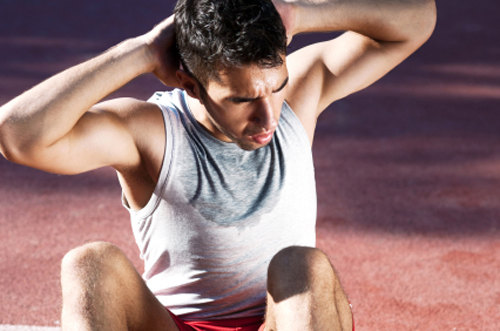 Figure 2. Torso rotates in same direction as shoulders during oblique sit-up.
Figure 2. Torso rotates in same direction as shoulders during oblique sit-up.
The muscles involved in rotating the torso in this CCW direction are known as the lateral spine rotators and their names are the external abdominal oblique, multifidus spinae and rotatores spinae muscles. See Figure 3.

Figure 3. Lateral Rotators of the Spine Muscles.
The one thing that is worth mentioning here is that these lateral spine rotator muscles exist on both sides of the body. Therefore the ones located on your right side contract to turn the front of your body to the left as seen in Figure 4.
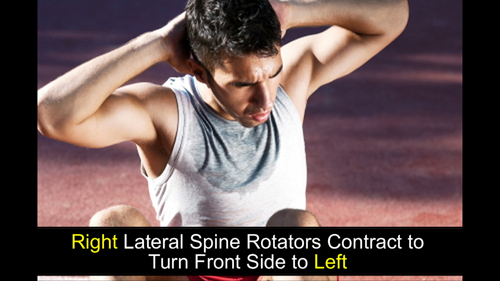 Figure 4. Right lateral spine rotators contract to turn front side of body to the left.
Figure 4. Right lateral spine rotators contract to turn front side of body to the left.
The lateral rotators of the spine on the left side contract to turn the front of your body to the right as seen in Figure 5.
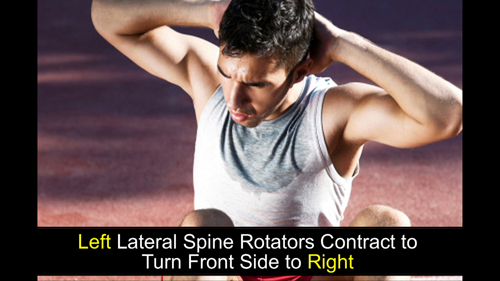 Figure 5. Left lateral spine rotators contract to turn front side of body to the right.
Figure 5. Left lateral spine rotators contract to turn front side of body to the right.
So now we know that it is the lateral spine rotators on the right side of this athlete’s body that are contracting to help produce this CCW torque. See Figure 6.
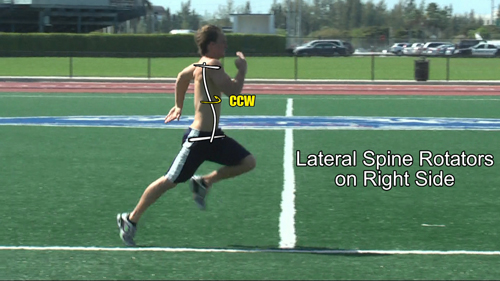 Figure 6. Lateral rotators of the spine contracting in this image.
Figure 6. Lateral rotators of the spine contracting in this image.
That completes the identification of all 5 torques that are produced around the spinal column when you run and here they are for you to see all at once as well as the final torque equation that must be balanced so that you are able to run in a straight path. See Figure 7.
 Figure 7. Final torque equation for the running process.
Figure 7. Final torque equation for the running process.
Now I am going to conclude this series of videos with one more final video where I will point out some unique details regarding these torques, such as what it means to your running speed, running stride and turnover rate if your hip flexors are weak, what would happen to your top end speed if your shoulders are weak as well as some other interesting relationships regarding all of these forces in the body.
 Figure 1. Force pulling the left hip forward.
Figure 1. Force pulling the left hip forward. Figure 2. Clockwise torque around the spinal column by left leg.
Figure 2. Clockwise torque around the spinal column by left leg.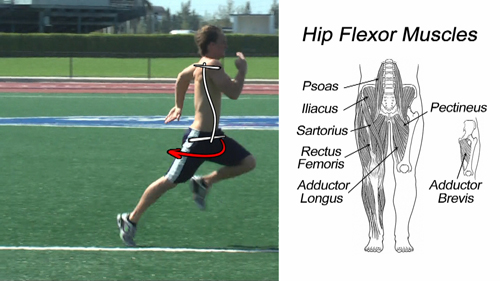 Figure 3. Hip Flexors muscles creating torque in clockwise direction.
Figure 3. Hip Flexors muscles creating torque in clockwise direction.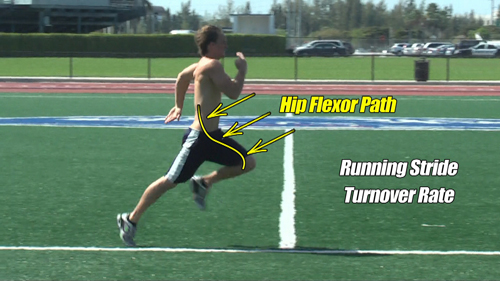 Figure 4. Not many exercises available for hip flexor training.
Figure 4. Not many exercises available for hip flexor training.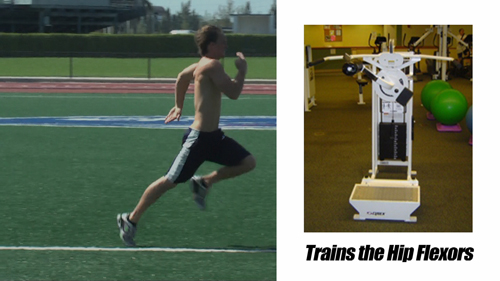 Figure 5. Dedicated hip flexor machine.
Figure 5. Dedicated hip flexor machine.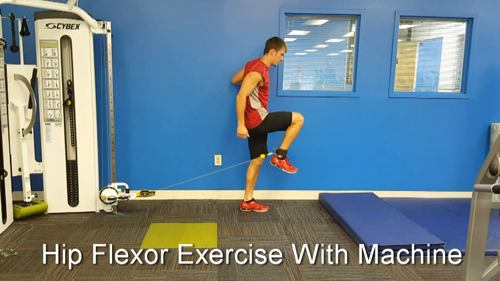 Figure 6. Hip flexor exercise.
Figure 6. Hip flexor exercise. Figure 7. Simple Hip Flexor Exercises.
Figure 7. Simple Hip Flexor Exercises.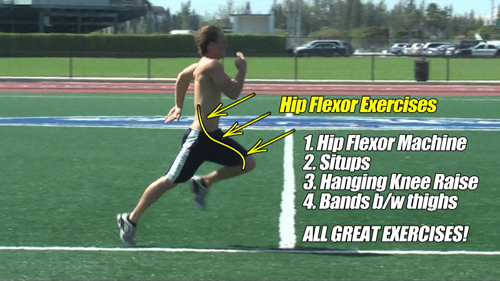 Figure 8. All Great Hip Flexor Exercises.
Figure 8. All Great Hip Flexor Exercises. Figure 9. Only 2 out of 7 hip flexor muscles are typically ever exercised.
Figure 9. Only 2 out of 7 hip flexor muscles are typically ever exercised.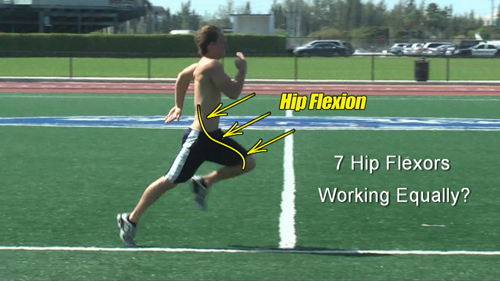 Figure 10. Not all 7 hip flexors work equally.
Figure 10. Not all 7 hip flexors work equally.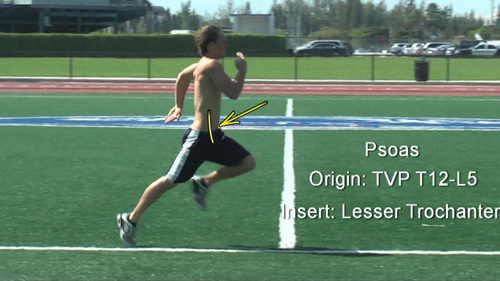 Figure 11. Location of Psoas muscle.
Figure 11. Location of Psoas muscle.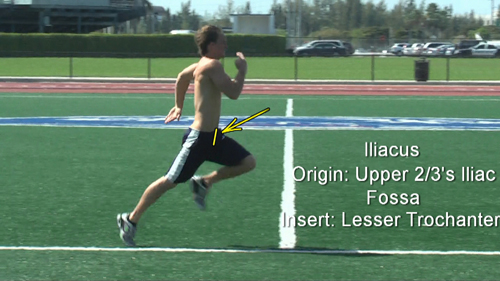 Figure 12. Location of Iliacus muscle.
Figure 12. Location of Iliacus muscle. Figure 13. Psoas and Iliacus Muscles.
Figure 13. Psoas and Iliacus Muscles. Figure 14. Location of Rectus Femoris.
Figure 14. Location of Rectus Femoris.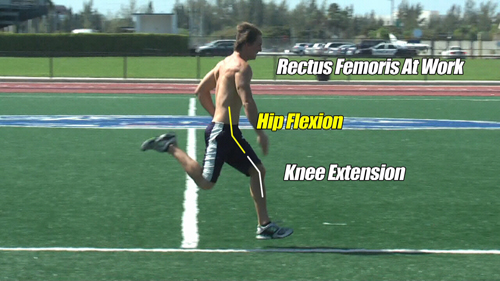 Figure 15. Rectus Femoris involved in hip flexion and knee extension.
Figure 15. Rectus Femoris involved in hip flexion and knee extension. Figure 16. Location of Sartorius muscle.
Figure 16. Location of Sartorius muscle. Figure 17. Sartorius targeted with hip in flexion, knee in extension and hip in external rotation.
Figure 17. Sartorius targeted with hip in flexion, knee in extension and hip in external rotation.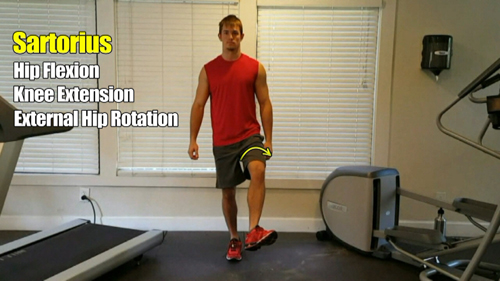 Figure 18. Sartorius targeted with hip in flexion, knee in extension and hip in external rotation.
Figure 18. Sartorius targeted with hip in flexion, knee in extension and hip in external rotation.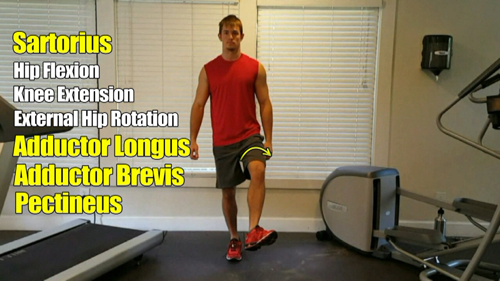 Figure 19. Targeting the Adductor Longus, Adductor Brevis and Pectineus by putting the hip in flexion, knee in extension and hip in external rotation.
Figure 19. Targeting the Adductor Longus, Adductor Brevis and Pectineus by putting the hip in flexion, knee in extension and hip in external rotation. Figure 20. Five torques acting on the spinal column must offset each other.
Figure 20. Five torques acting on the spinal column must offset each other.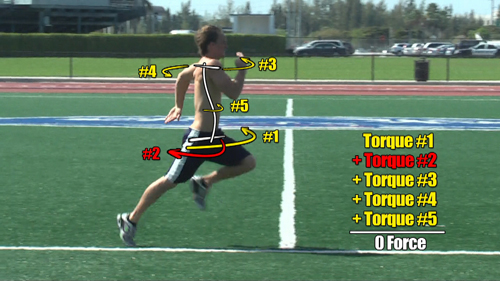 Figure 21. All torques must add up to zero force.
Figure 21. All torques must add up to zero force.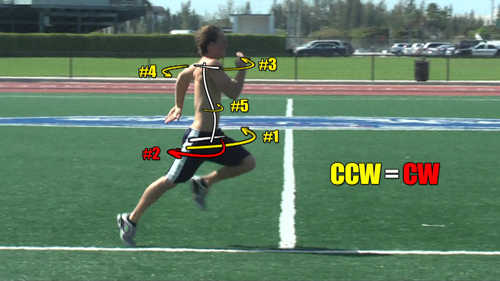 Figure 22. All Counterclockwise body torques must equal all clockwise torques.
Figure 22. All Counterclockwise body torques must equal all clockwise torques.
 Figure 24. Torques 1, 3, 4 and 5 are CCW and Torque 2 is CW.
Figure 24. Torques 1, 3, 4 and 5 are CCW and Torque 2 is CW.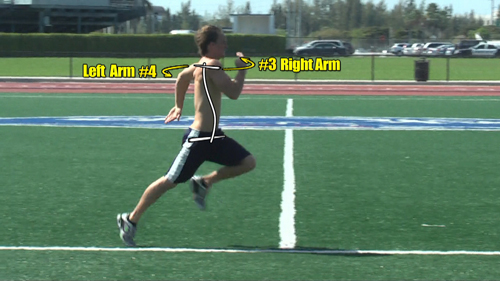 Figure 25. Torque 3 for right arm and torque 4 for left arm.
Figure 25. Torque 3 for right arm and torque 4 for left arm. Figure 1. 5 Rotational Forces to Run Faster.
Figure 1. 5 Rotational Forces to Run Faster.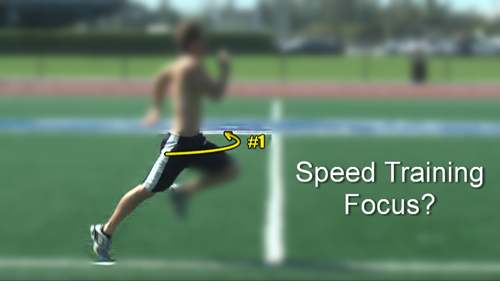 Figure 2. Narrow Speed Training Focus.
Figure 2. Narrow Speed Training Focus.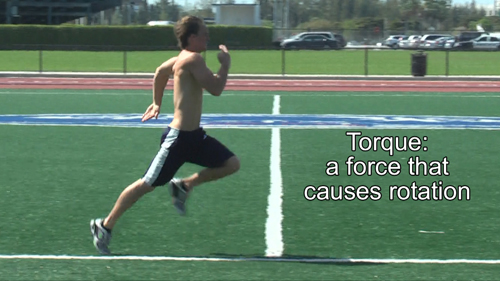 Figure 3. Torque is a force that causes rotation.
Figure 3. Torque is a force that causes rotation.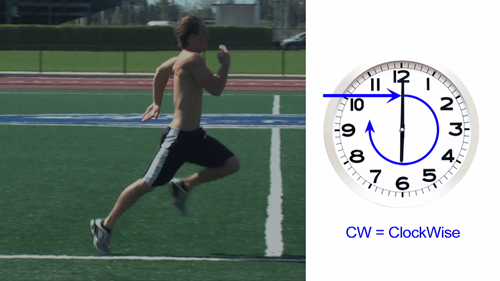 Figure 4. Clockwise Torque.
Figure 4. Clockwise Torque.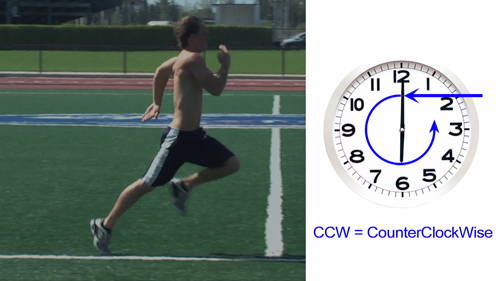 Figure 5. Counterclockwise Torque.
Figure 5. Counterclockwise Torque. Figure 6.
Figure 6.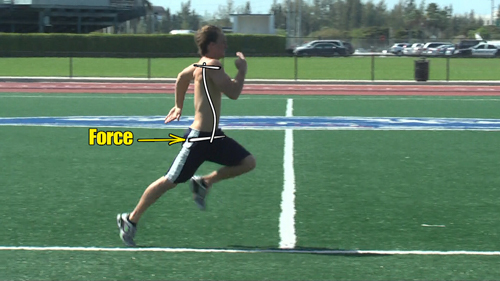 Figure 7. Force pushing through right hip.
Figure 7. Force pushing through right hip.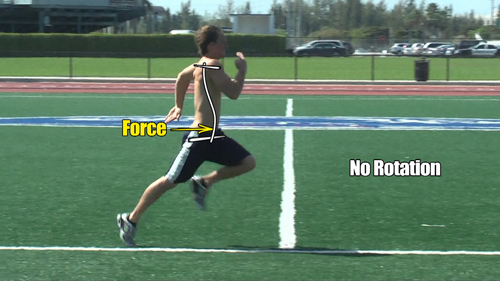 Figure 8. No rotation caused by force in the center of the spine.
Figure 8. No rotation caused by force in the center of the spine.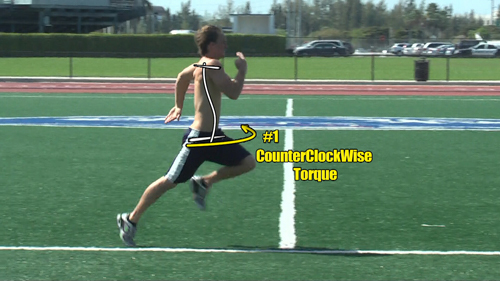 Figure 9. Torque #1 is Counterclockwise.
Figure 9. Torque #1 is Counterclockwise. Figure 10. Glutes/Hams, Quads, Calves for Torque #1.
Figure 10. Glutes/Hams, Quads, Calves for Torque #1. Figure 11. Torque #1 Exercises.
Figure 11. Torque #1 Exercises.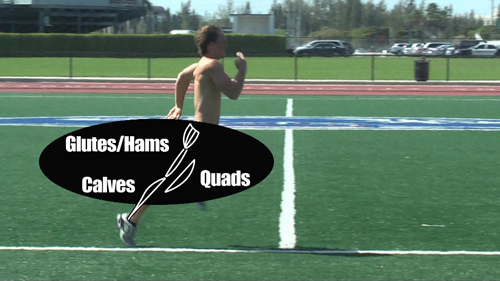 Figure 12.
Figure 12. Figure 13.
Figure 13. Figure 14.
Figure 14.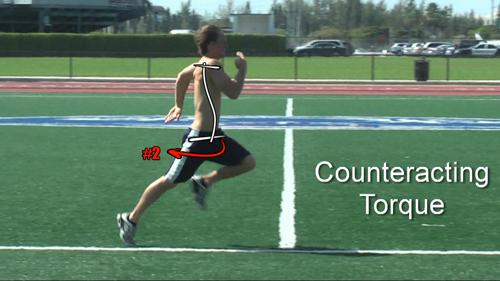 Figure 15. Torque #2, Counteracting Torque.
Figure 15. Torque #2, Counteracting Torque.